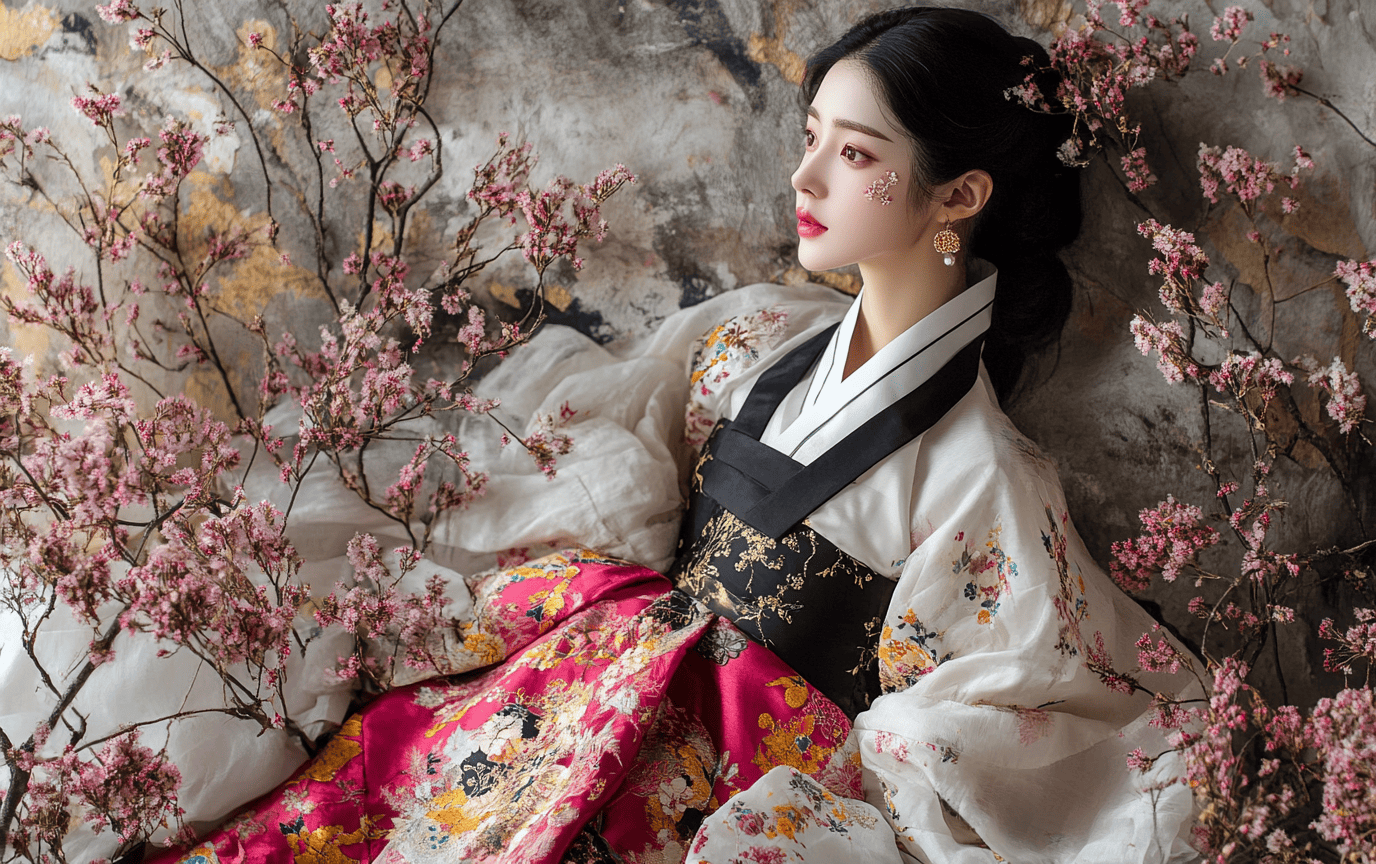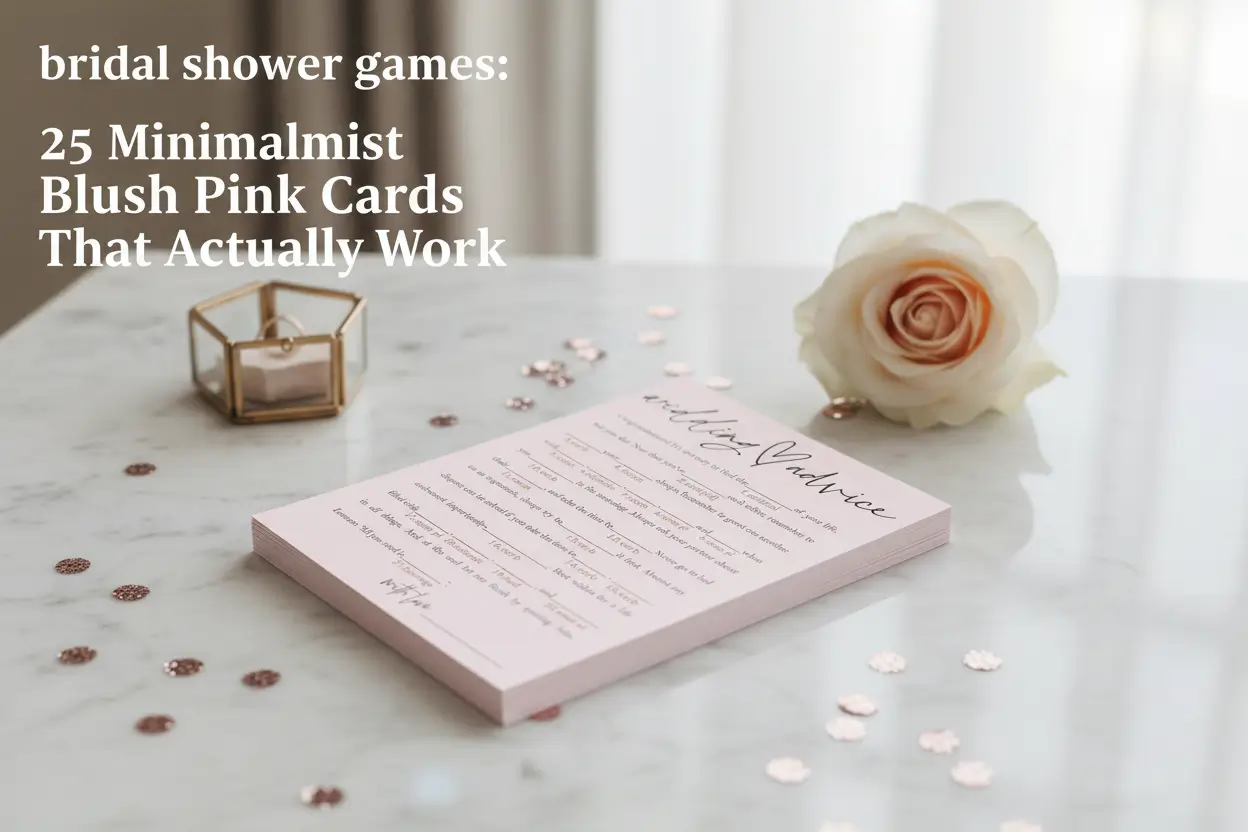Exploring Traditional Korean Hanbok: A Journey Through Time and Culture
Korean culture is like a mosaic, where each tile reflects a rich history, and one of its most luminous tiles is the Hanbok. This traditional attire isn’t just clothing; it is a story woven from the threads of history, identity, and artistry. Imagine walking quietly through the bustling streets of Seoul, the air filled with a harmony of contemporary sounds mixed with ancient echoes. It is here that the Hanbok, with its vibrant hues and flowing lines, stands out, a testament to elegance and grace, representing more than just a garment. It embodies the very essence of Korean culture.
The Origins and Evolution of Hanbok
Picture a time long before the skyscrapers and technology, during the Three Kingdoms period (57 BCE – 668 CE). Kingdoms like Baekje, Goguryeo, and Silla thrived, each weaving their own stories into the fabric of time. During this period, the attire of both men and women shared similarities, each piece reflecting their identity and societal role. Goguryeo had its own bold styles, while the serene elegance of Silla drew influences from the rich tapestries of Chinese fashion.
The thread of history continues to unravel with the rise of the Goryeo Dynasty (918-1392). Here, Hanbok began to emerge in its recognizable form, influenced by the Mongol Empire, marking an era of transformation. As we leap to the Joseon Dynasty (1392-1897), the attire transformed into a regal symbol, donned by the royal court. A dance of fabric and color began, with the Confucian ideology dictating the hierarchy of design and color — intricate embroideries became a status symbol, a vibrant declaration of one’s place in society.
Components and Symbolism of Hanbok
Now, let’s delve deeper into the Hanbok, which consists of intrinsic elements that speak of tradition. The jeogori, a short jacket, is often paired with the resplendent chima, a long skirt that dances gracefully with each step for women. For men, the ensemble typically includes a jeogori combined with baji, baggy pants designed for comfort and freedom of movement.
Imagine the feeling of a silken fabric gliding against your skin, the coolness of ramie or the rustic charm of hemp. These materials do more than just serve as fabric; they wrap you in Korean history, inviting you into epochs where each stitch tells a story, and every color carries meanings — from the deep blues symbolizing harmony to fiery reds reflecting passion. Colors and patterns in Hanbok are not mere aesthetic choices; they are narratives of age, social status, and the very essence of the occasion being celebrated.
Cultural Significance and Modern Adaptations
In modern South Korea, Hanbok is reborn on special occasions — at weddings, during Seollal (Lunar New Year), and Chuseok (Thanksgiving). These moments are rich with tradition, where Hanbok wraps its wearers in cultural significance. Think of a wedding scene: the bride, adorned in a vivid Hanbok, embodies grace and beauty while a gentle breeze stirs, carrying whispers of promises into the air.
While the everyday use of Hanbok has faded with the rise of modern clothing, its spirit remains vibrant. Contemporary designers are breathing new life into this timeless attire, merging traditional aesthetics with the pulse of modern fashion. Picture a bustling Seoul street, where stylish young South Koreans glide by, flaunting chic modern Hanbok designs, bringing this cultural attire back into daily conversations.
Experiencing Hanbok in Modern South Korea
Should you find yourself wandering the streets of South Korea, an unforgettable experience awaits. The sun-blushed rooftops of Insadong beckon, where vibrant shops offer Hanbok rentals, allowing travelers to step into a piece of history. Imagine wandering through the historic grounds of Gyeongbokgung Palace, clad in a beautiful Hanbok, feeling the whispers of the past swirling around you.
There are festivals too — Hanbok festivals, where parades weave through the streets, filled with radiant colors and the joyful tinkle of laughter. Here, the air bursts with energy, and the spirit of the Hanbok leaps to life, celebrating not just a dress, but a cultural heritage shared by all.
Conclusion
To understand Hanbok is to glimpse into Korea’s heart—its struggles, triumphs, and evolution. It is an enduring emblem of cultural identity that not only adorns bodies but also cultivates pride and connection to the past. Whether donned during ceremonial occasions or celebrated as art, the Hanbok continues to captivate, reminding us of the beauty found in preserving cultural identities and traditions.
Now imagine—stepping out into the world in a Hanbok, not just as a costume but as a link to a heritage that flourishes even amid the modern age. It whispers stories of those who came before, urging us to appreciate every thread woven into the rich tapestry of Korean history.
Interested in more insightful reads? Check out our Travel Tips section for the latest advice. For lifestyle inspiration, explore our Lifestyle category, and dive into amazing destinations at Destinations. Don’t forget to connect with us on YouTube, or follow our adventures on Instagram and Pinterest.













